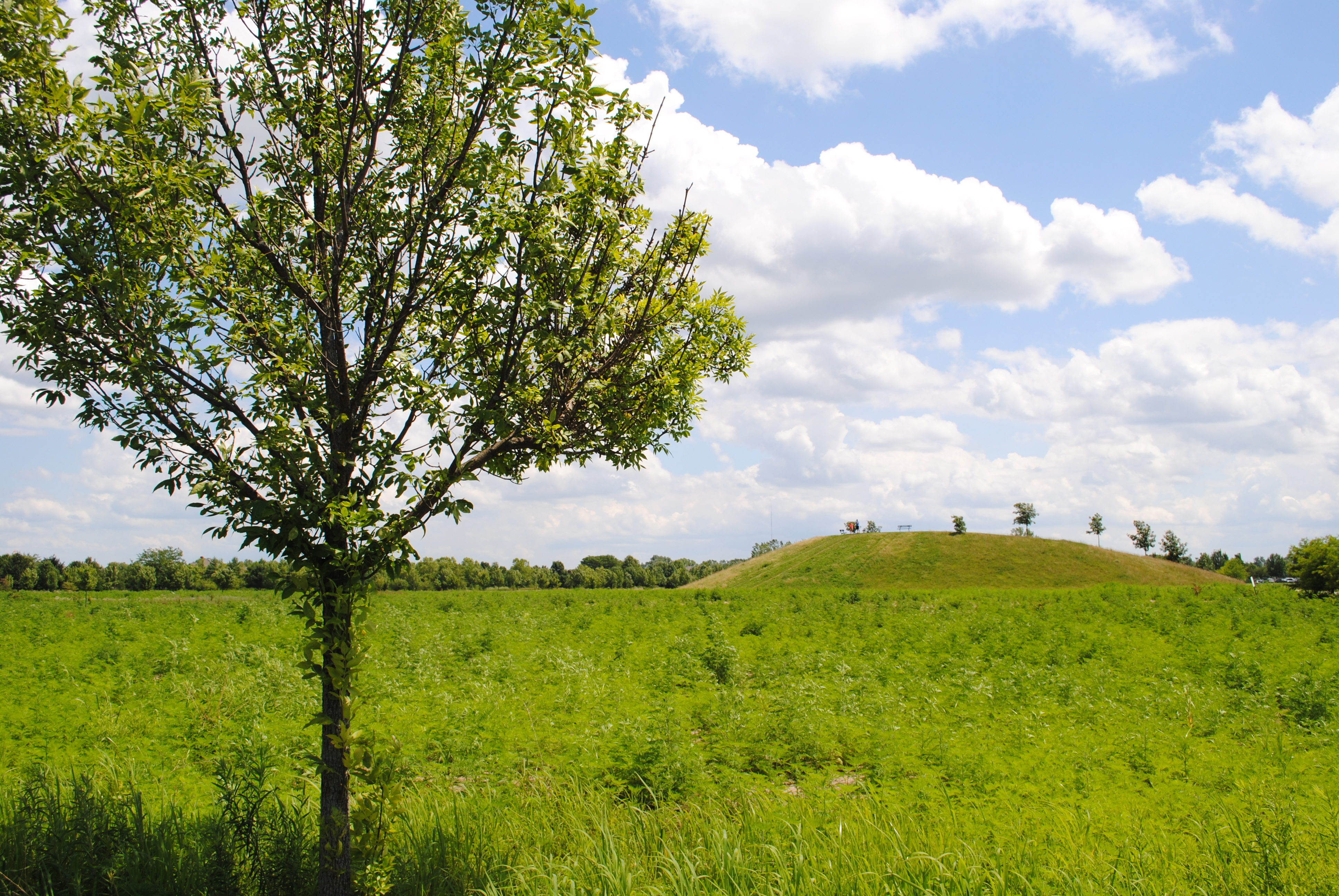
By Adam Aasen
Trees are dying out in Carmel’s parks and officials are trying to stay one step ahead of the unstoppable pests causing the damage.
Emerald ash borers – a green beetle which is an invasive species in this area – feed on the park’s ash trees until they die out. It’s a problem that has prompted articles in The New York Times, detailing the pest’s growing prevalence in the Midwest that has baffled scientists who try to combat the insects.
In Carmel’s Central Park, the number of dead or damaged trees has climbed from 100 to 200 trees. The ash borers are now threatening West Park, killing off the outer ring of ash trees this summer.

Carmel Clay Parks and Recreation Director Mark Westermeier said the ash borers have moved across Meridian Street and now are affecting the west side of the city.
“They haven’t all been infected yet, but I think we’ve taken down over 500 trees in the last year that are dead and we have a ton more to take down in parks that are on the eastside of Meridian Street,” he said.
And that doesn’t include all the ash trees that are threatened along the southern part of the Monon Trail – which the parks department maintains.
Westermeier said the parks department has been prepared for such a situation by planting other species of trees for an inner ring of protection about six years ago. When the ash trees die off, there will be another set of trees there until new replacement trees grow to full size.
Westermeier said the parks department plans to plant a variety of trees in the vacancies, which he said is important to ensure one species of tree doesn’t die off and leave an area empty. He said there isn’t much they can do to try to save the trees because it doesn’t make sense financially.
“The only thing you can do is treat them and to treat them on an ongoing basis is just not economical from a parks standpoint,” he said. “It’s cheaper for us to buy new trees than try to save them.”



